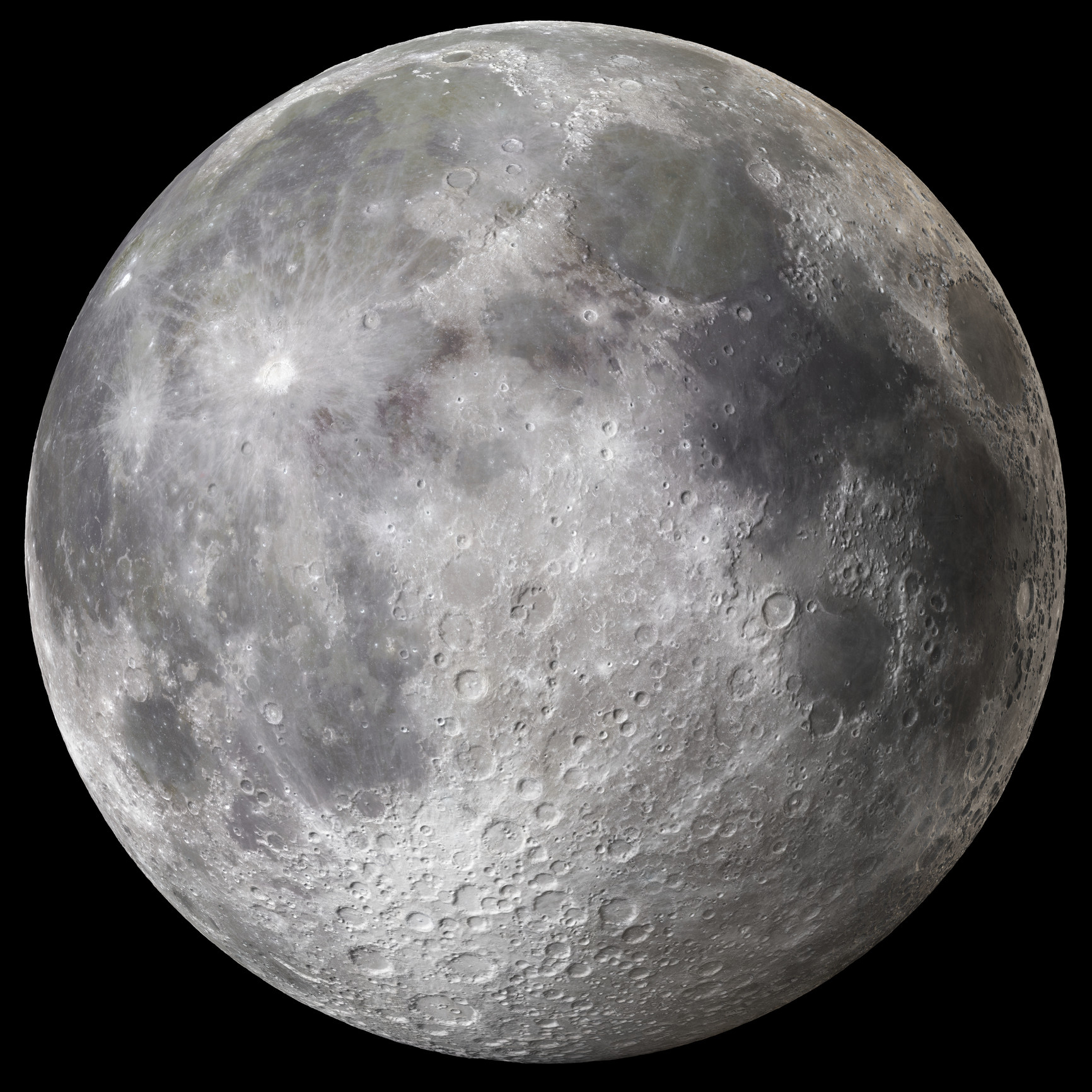A pair of European companies is aiming to put the first mobile network on the moon. Vodafone and Nokia have teamed up with the Berlin-based company PTScientists to carry out the first privately funded moon landing, dubbed Mission to the Moon.
The mission is expected to take place in 2019. Audi is also on board and will send two lunar rovers to space along with the landing module on a SpaceX Falcon 9 rocket. The purpose of the mobile network is so the lunar rovers can communicate with each other. A 4G mobile network is more energy efficient than analog radio, according to the team.
Currently, 4G mobile technology alone cannot transmit more than 239,000 miles. But the team will use a deep-space link to send to earth “the first ever live HD video feed of the moon’s surface.”
“This is a crucial first step for sustainable exploration of the solar system,” said Robert Böhme, CEO and Founder of PTScientists. “In order for humanity to leave the cradle of Earth, we need to develop infrastructures beyond our home planet. With “Mission To The Moon”, we will establish and test the first elements of a dedicated communications network on the Moon. The great thing about this LTE solution is that it saves so much power, and the less energy we use sending data, the more we have to do science!”
During the mission, the Audi lunar Quattro rovers will “carefully approach and study NASA’s Apollo 17 lunar roving vehicle that was used by the last astronauts to walk on the Moon (Commander Eugene Cernan and Harrison Schmitt) to explore the Taurus-Littrow valley in December 1972.”
PTScientists had previously entered Google’s Lunar XPrize (GLXP) challenge. The tech giant offered a $30 million prize, but no team was able to send their robots to the moon by the March 31, 2018, deadline, reported Fortune.
“While the grand prize will go unclaimed, we don’t think this means there is no winner. Quite the contrary—the GLXP provided inspiration and an incentive for people all around the world to come together and work towards a shared dream of landing on the Moon,” PTScientists wrote at the time. “A look back at our history shows it was the GLXP that led to the formation of PTScientists. In our book, that is a ‘win.’”


